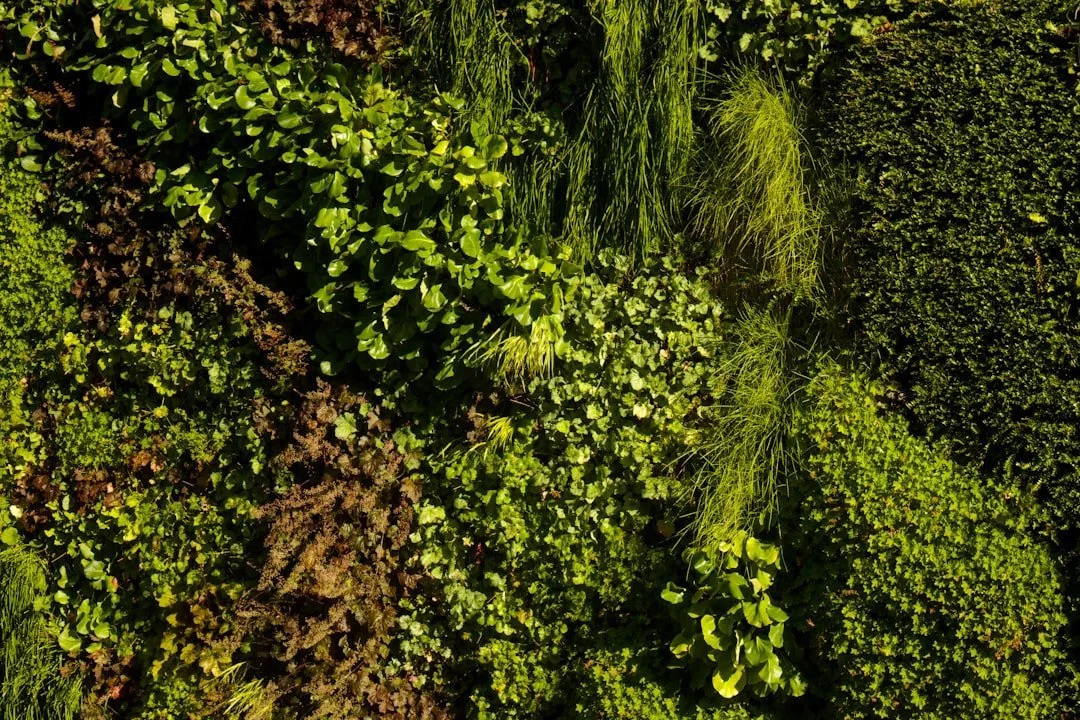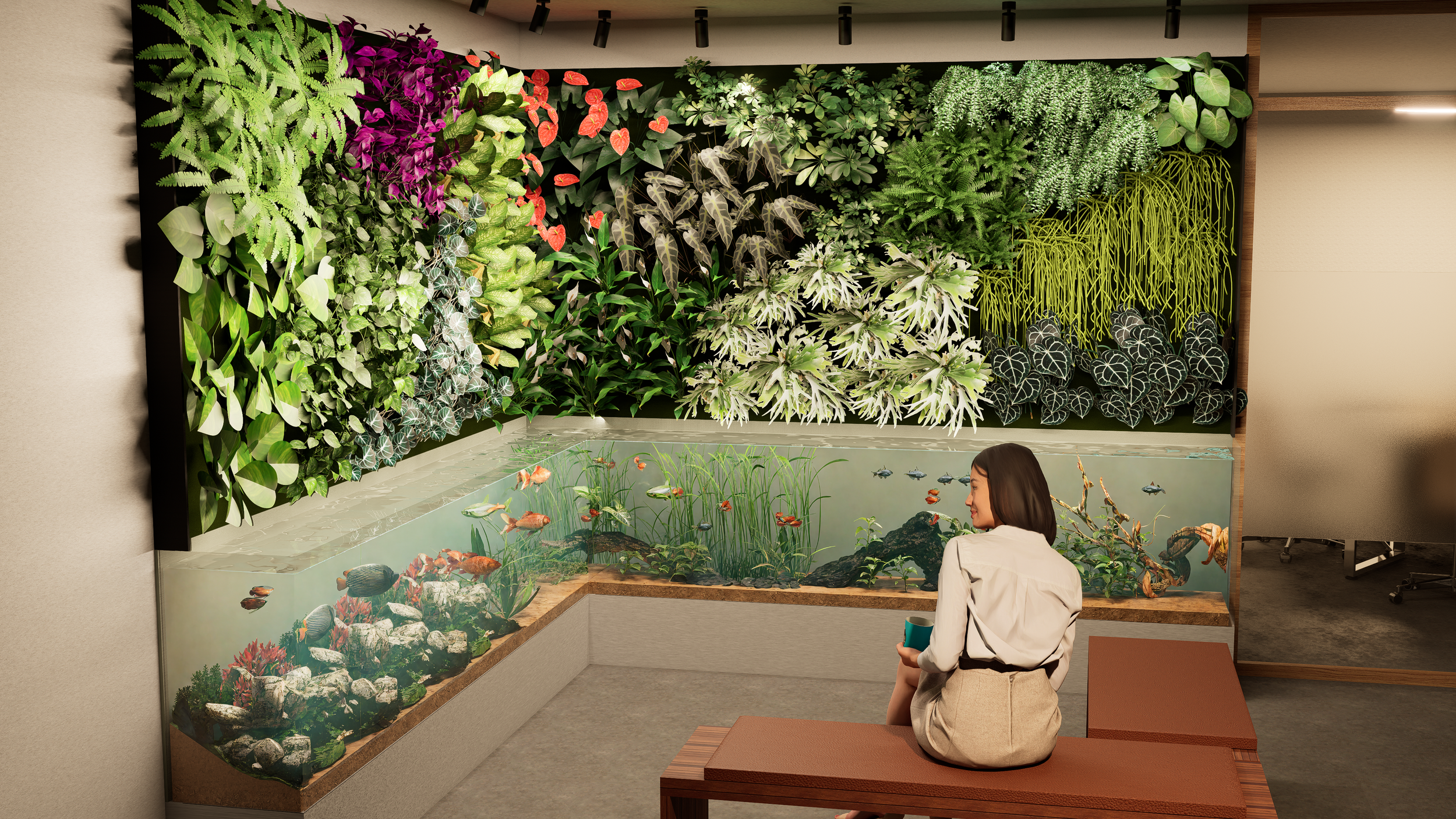Axolotek is the first solution of building integrated aquaponics

What we offer
OUR SOLUTIONS
Green wall that can be adapted to customer requirements
Design materials selected to embrace the style of the location
Aquatic species choice based on requirements
Areas we cover
-
Offer new experiences to your customers, develop the attractiveness of your hotel, promote well-being and nature access
-
Green up your office spaces, improve focus, well-being, and attractiveness of your company
-
Create and develop a hands-on sustainable educational tool for your students
-
Regenerative architecture introducing biodiversity for communities
OFFICES
SCHOOLS
HOTELS
RESIDENCES

The lack of access to biodiversity leads to
health disorder
We provide a solution by introducing urban integration of Aquaponics with the objective of improving the quality of life in our cities
Axolotek uses
FISH WASTE
Aquaponics systems use fish waste to produce bacteria that naturally fertilize the plants. The aquaponics system uses 90% less water than traditional soil-based crops, making the system more sustainable.
Natural fertilizer
90% water SAVED
8x Growth rate
Axolotek has developed an AQUAPONICS SYSTEM
Standard & optimized
CONTROL
By using IoT sensors, we are able to control the status of the installation.
BALANCE
We have developed a deep expertise in the balance of water elements.
GROWTH
The selection of the right plants allows an optimized growth rate.
Our mission
Axolotek aims to reintroduce biodiversity into urban spaces through aquaponics — the most sustainable agricultural solution. By combining cutting-edge technology with the principles of regenerative architecture, we create thriving ecosystems that optimize resources use and improve quality of life.
Meet the team
Victor Plançonneau
Tech entrepreneur passionate by nature-based solutions
Romain Varoqueaux
Engineer creating resources-efficient ecosystems for the built environment




















